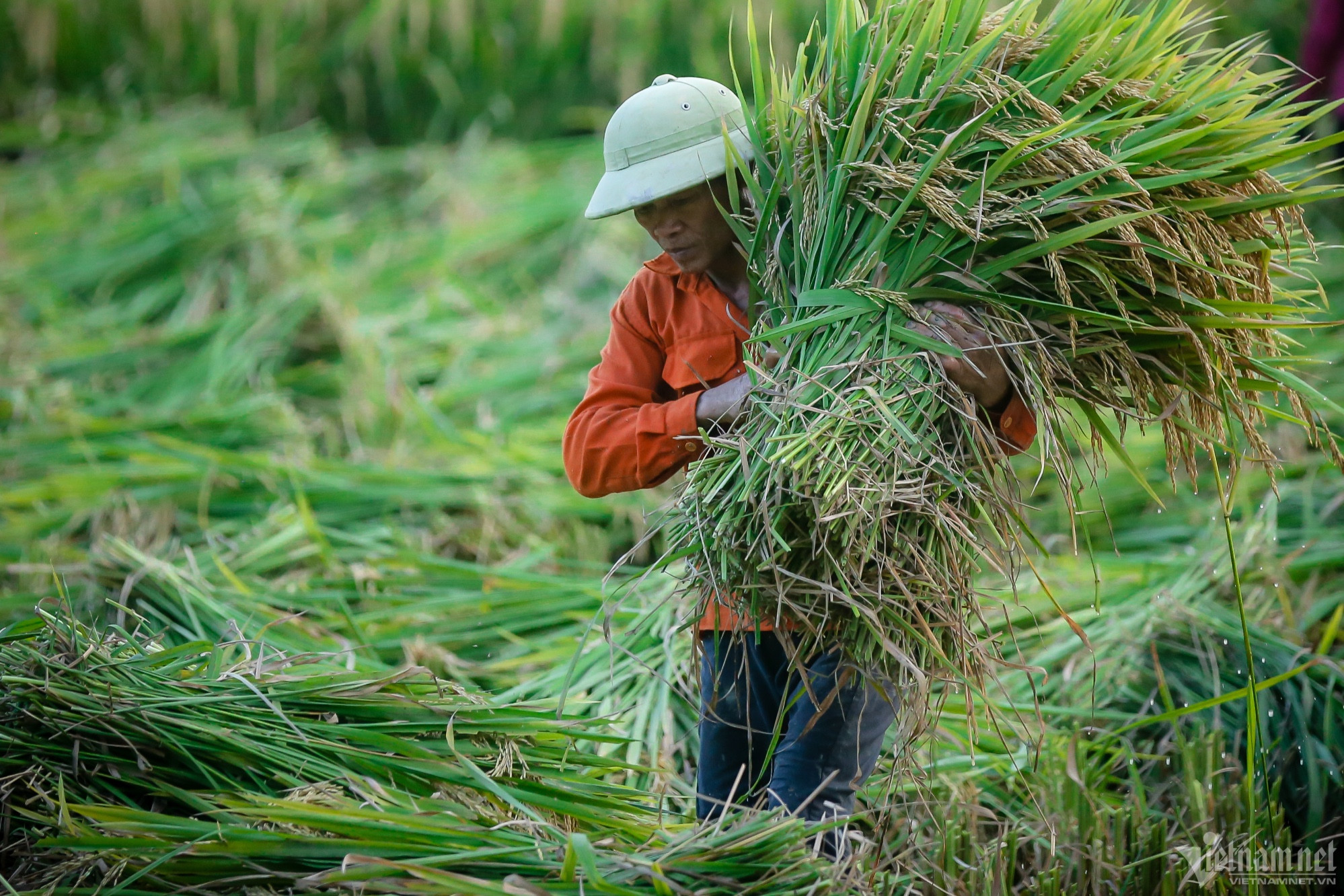
VFA cited figures from the Vietnam Department of Crop Production under the Ministry of Agriculture and Rural Development (MARD) as showing that as of August 18, Mekong River Delta’s farmers had harvested rice from 926,000 hectares out of 1.482 million hectares of the summer-autumn crop, with an average yield of 59.33 quintals per hectares. The total rice output is estimated at 5.495 million tons of paddy.
Regarding the autumn-winter crop, the area under cultivation has reached 420,000 out of a total 700,000 hectares, of which 11,000 hectares have been harvested.
In the first half of August, Vietnam exported 456,768 tons of rice, worth $155.06 million, a decrease of 19.89 percent in quantity, but an increase of 30.8 percent in value in comparison with the same period last year.
As of August 15, the accumulated rice exports had reached 5.351 million tons, with turnover of $2.883 billion, up 22.1 percent in quantity and 34.84 percent in value.
According to VFA, India’s ban on rice exports, followed by the other countries’ decisions on suspension of rice exports, have led to a rice shortage in the globe, thus pushing rice prices up and affecting the world market.
Vietnamese export companies have grasped the opportunity to increase exports, which can bring higher profits to farmers. However, they are facing some problems.
As the prices fluctuate too heavily, the supply chain, from farmers to merchants, processing mills and export companies, has been disrupted.
This is because farmers want to delay deliveries, hoping that prices will escalate further. As a result, the contracts signed between farmers and exporters have been broken, making it difficult for exporters to collect rice to export under signed contracts.
VFA has released a document, requesting member companies to try to implement contracts signed earlier in order to stabilize the market. Exporters have also been encouraged to re-negotiate with partners on delivery deadline extensions so as to minimize losses caused by the price fluctuations.
The association has warned member companies that they should only sign contracts with importers if they have rice in stock. If exporters still don’t have export contracts, they should restrict purchases to avoid price fluctuations.
There are over 200 business people licensed by the Ministry of Industry and Trade (MOIT) as meeting business conditions for exporting rice in accordance with Decree 107/2018.
Most businesses still don’t strictly observe regulations on reporting about contract signing and implementing, as well as stockpiles at certain moments. The lack of information has led to problems in macro management.
VFA stressed that capital is the matter of businesses' biggest concern. Most have complained they find it difficult to access bank loans, especially loans for working capital.
Meanwhile, the rice commercial market in recent years has witnessed many upheavals. The low credit limit has affected businessmen’s process of collecting rice from farmers. They don’t have capital to store rice in anticipation of price increases, which affects their business results and competitiveness.
Rice floor price
VFA stressed that the production situation and the world rice market in the time to come will continue to fluctuate as a result of the changes in countries’ rice import policies and the unpredictable weather conditions. National food security is put on top priority when governments consider their purchase plans.
VFA, based on suggestions from businesspeople, has proposed adding requirements on the reporting scheme. It also hopes there will be a management agency in charge of watching over contract signing and implementation and inventory levels.
VFA believes there should be a rice floor export price scheme which ensures profits for farmers and healthy competition among rice exporters.
In terms of financing and credit, VFA has proposed that the government and the State Bank of Vietnam (SBV) set up a mechanism that can give financial support to exporters.
Finally, VFA asked MARD to adopt a strict management mechanism on input materials to ensure rice quality, an important condition to build the Vietnamese rice brand.
Tam An